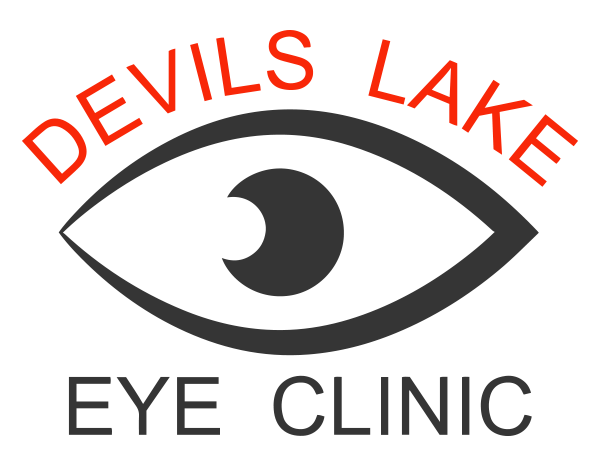Eye Disease Management
Ocular Disease Diagnosis and Treatment

Cataract Surgery Co-Management
Cataracts are a common cause of vision loss after age 55. Learn more about recognizing cataract symptoms, protecting your eyes and understanding cataract surgery.
Macular Degeneration
The macula is the portion of the retina which provides sharp, central vision, and is involved in processing the fine details of the image. The breakdown of the macula is a disease called macular degeneration.
Glaucoma Testing & Treatment
Glaucoma is a condition that causes damage to your eye’s optic nerve and gets worse over time, so nipping it in the bud will always be better for the person being tested.
Glaucoma is a leading cause of preventable vision loss and blindness in older individuals in the USA and Canada and the second leading cause of blindness in the World, even more than macular degeneration.
Diabetic Eye Disease
Diabetes and vision go hand in hand. If you have diabetes, you need to know that having this systemic disease puts you at greater risk for developing vision problems.
Diabetes is associated with several eye health issues including cataracts and glaucoma, but the most well known diabetic eye disease is diabetic retinopathy.
What Is Age Related Macular Degeneration or ARMD?
The macula on the retina provides sharp, central vision. The breakdown of the macula is a disease called macular degeneration and can be serious. Untreated macular degeneration is one of the leading causes of blindness in those over 65 years old.
While researchers have not yet discovered a cure for age-related macular degeneration (ARMD), there are treatment options that prevent the disease from progressing to blindness, and in some cases, they can even improve vision. It’s important to have an open discussion with your low vision eye doctor about the risks and limitations of ARMD treatments.
Types of Macular Degeneration:
There are 2 basic types of ARMD, the wet form and the dry form.
Dry Macular Degeneration
Dry macular degeneration is considered the less aggressive form of ARMD. It typically progresses much more slowly, and the level of eyesight damage is less severe. Dry ARMD is detected during routine eye exams, which is why it’s important to have yearly testing.
Wet Macular Degeneration
Wet macular degeneration is the more severe form of ARMD. Call us to book an emergency appointment if you experience a sudden worsening of blurry central vision. Wet ARMD occurs when there is abnormal blood vessel growth (angiogenesis), and leakage, which can cause scar tissue to develop.
Learn More About ARMD
ARMD is an age related eye disease that runs in families, and is a leading cause of blindness in our aging population. There is no cure for this ocular disease, and ARMD related vision loss cannot usually be recovered. There are treatments, and preventative measures that can be taken, if detected early, so routine eye exams are essential.
What is Glaucoma?
Glaucoma is not a single disease. It is actually a group of eye diseases that cause damage to the optic nerve due to an increase in pressure inside the eye, which is called intraocular pressure (IOP). When detected in the early stages, glaucoma can often be controlled, preventing severe vision loss and blindness. However, symptoms of noticeable vision loss often only occur once the disease has progressed.
Risk Factors
Prevention is possible only with early detection and treatment. Since symptoms are often absent, regular eye exams which include a glaucoma screening are essential, particularly for individuals at risk of the disease. While anyone can get glaucoma, the following traits put you at a higher risk:
- Age over 60
- Family history of glaucoma
- Diabetics
- People with severe nearsightedness
- Certain medications (e.g. steroids)
- Hispanic or Latino descent, Asian descent
- African Americans over the age of 40 (glaucoma is the leading cause of blindness in African Americans, 6-8 times more common than in Caucasians.)
- Significant eye injury (even if it occurred in childhood)
Treating Glaucoma
- Treatment for glaucoma depends on the type and severity of the disease and can include medication such as eye drops or pills or laser or traditional surgery.
- It cannot be stressed enough that the most effective treatment for glaucoma happens when the disease is detected and treated early before significant vision loss occurs. Any vision that is lost cannot be restored. This is why the best prevention is awareness by knowing your risks and taking responsibility by having your eyes examined by an eye doctor on a regular basis.
Cataract Surgery Co-Management
Cataracts is a disease of the eye that results in the clouding of the lens of the eyeball. Cataracts prevent clear images from appearing on the eye’s retina; causing mild, moderate, even severe blurred vision. Typically an eye disorder associated with aging (over half of the people in America over age 80 have either had a cataract or cataract surgery), cataracts generally occur later in life as the lens structure within the human eye changes and gets older. In addition to age, other risk factors that lead to cataracts include smoking, UV overexposure and diabetes. During the evaluation of your eye health we will carefully examine your lens for signs of cataract formation. If a cataract is noticed and the clouding is causing visual disruption, your eye doctor will refer you to a trusted and respected surgeon for surgery, which is the only known cure for cataracts. Drs. Moen, Enderle, and Johnston will be there for you providing pre and post cataract surgery care.
Diabetic Retinopathy
Diabetic retinopathy is an eye disease that only affects diabetics. It occurs when the fragile vascular network that supplies the retina – the light sensitive tissue at the back of the eye that helps us see – begins to swell or leak. During the beginning stages of the disease, there may be no noticeable symptoms, so it’s important to have your eyes checked by your eye doctor at least once a year if you have diabetes.
Once symptoms of diabetic retinopathy do develop, they can include: dark or black spots in your visual field, or blurry vision, and it increases over time. This is a result of bleeding at the back of the eye, which prevents a clear image from being transmitted from the retina to the brain.
Whether you have type 1, type 2, or even just gestational diabetes, you are at risk for developing diabetic retinopathy. The longer you have had the disease, the greater the risk. It is essential to keep your blood sugar levels under control to prevent vision loss, and this may require a trip back to your primary care physician.
